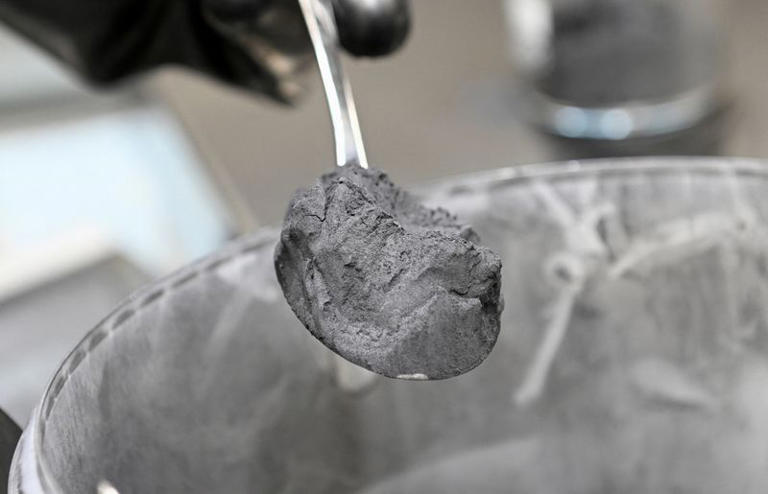North American graphite miners are currently lobbying the US government to enact a 25% tariff on three specific graphite products imported from China. This effort aims to counteract what they perceive as Beijing’s monopolistic control over a crucial material essential for the production of electric vehicle (EV) batteries. However, if this lobbying proves successful, it could potentially strain diplomatic relations between the US and China, as well as create tension between North American graphite miners and their main customers, the original equipment manufacturers (OEMs).
At the heart of this issue is the US government’s impending decision in May on whether to include graphite on the list of minerals subject to higher tariffs under Section 301. Originally introduced during the Trump administration, Section 301 tariffs were implemented in response to what was deemed China’s unfair trade practices, particularly concerning technology transfer and intellectual property rights.
Graphite, a critical component used in the production of electric battery anodes, had previously been exempt from such tariffs due to China’s overwhelming dominance, accounting for approximately 70% of global graphite production. However, North American graphite producers argue that this exemption has allowed unrestricted imports from China to flood the market, undermining their ability to compete and secure financing through offtake agreements with major automakers.
On the other hand, OEMs vehemently oppose the proposed tariff hike, contending that without a reliable and cost-effective supply chain from North America, they are compelled to depend on Chinese suppliers to remain competitive in the global market. Imposing tariffs could potentially render them less competitive against Chinese automakers, who would not be subject to such tariffs.
As the decision lies with the United States Trade Representative, responsible for imposing tariffs, there has been no official response yet regarding the inclusion of Chinese graphite in the Section 301 list. However, North American graphite miners are emphasizing the detrimental effects of unrestricted imports from China on their ability to secure project financing and develop a sustainable North American supply chain.
This issue underscores broader concerns about the overreliance on China for critical minerals essential for the energy transition, including not only graphite but also lithium and other materials. In response to growing global demand and geopolitical tensions, Western countries are increasingly seeking to diversify their supply chains and reduce dependence on China.
In light of these challenges, the North American Graphite Alliance, representing both Canadian and American graphite producers, is advocating for trade protections to counter China’s overwhelming dominance in the global graphite market and ensure the viability of a domestic supply chain for critical minerals.
